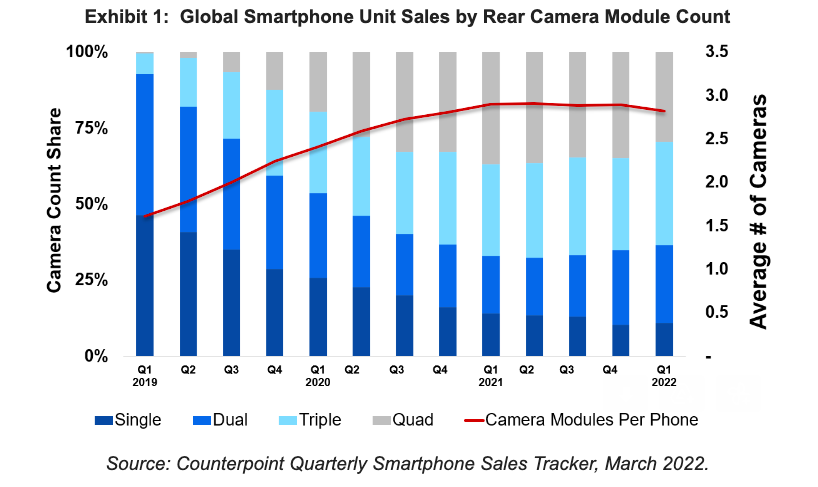Counterpoint Research hosts a webinar around innovation in smartphone imaging systems.
HONOR, DXOMARK, Qualcomm and director/photographer Eugenio Recuenco discussed topics including the best smartphone camera features and the evolution of imaging.
Key themes: Smartphone camera trends, OEM imaging comparisons, measuring quality and capturing life’s magic moments.
San Francisco, NFAPost: Counterpoint Research hosted a webinar entitled Smartphone Imaging Trends: New Directions Capturing Magic Moments which included speakers from leading smartphone manufacturer HONOR, scientific testing firm DXOMARK, semiconductor company Qualcomm and renowned director and photographer Eugenio Recuenco.
Key themes covered during the event included trends around smartphone camera hardware and the increasing influence of software on innovation, how quality is measured, and the most important elements of user experience.
Imaging systems have always been measured by hardware specifications, which continue to be a foundation for innovation. However, at the upper end of the market, flagship camera counts are flattening, lens focal lengths are being stretched, and image processing demands are pushing chipset makers to keep pace with Moore’s Law.

Of all smartphone specs, camera counts have reached the most obvious plateau, with average number of cameras per smartphone hovering just below three for over a year. Nevertheless, leading vendors like HONOR are employing increasingly sophisticated computational photography techniques to keep up the rapid pace of advancement.
Counterpoint Research Associate Director Jan Stryak said megapixels and camera counts are important to a degree.
“But it’s not just about hardware specs when we talk about and compare camera systems. What happens behind the scenes is just as, if not more, important than what is listed on a smartphone’s spec sheet,” said Counterpoint Research Associate Director Jan Stryak.
Counterpoint Research Associate Director Jan Stryak said this is due to the increasing importance of software, which brings to the fore advanced technologies like multi-frame and multi-camera fusion techniques.
HONOR Imaging Technical Expert Hou Weilong said there is a lot of science behind our cameras, but our objective is to remove as much complexity as possible so that our users can simply take great pictures.
The pivot to software and algorithmic photography means processing power is paramount for smartphone camera performance to deliver “extreme image signal and neural processing, creating challenges on the chipset side,” says Judd Heape, Vice President for Product Management at Qualcomm. “We see it as a tremendous opportunity to work with our OEM partners to help deliver amazing imaging experiences.”
And this is more than just enabling the perfect shot. DXOMARK Director for Image Science Herve Macudzinski said a good smartphone camera makes taking great pictures easy by understanding intention and providing ‘all-in-one’ in the default mode.
”Multi-camera fusion computational photography is the bleeding edge technology helping to make that happen, and HONOR does it most elegantly with the Magic4 Ultimate,” said DXOMARK Director for Image Science Herve Macudzinski.
As a testament to how far today’s smartphone cameras have come, photographer and film director Eugenio Recuenco recently shot the short film Kaleidoscope with the HONOR Magic4 Pro, stating, “it thrilled me to see how the technology of today is giving us more methods and possibilities to create and express.”





